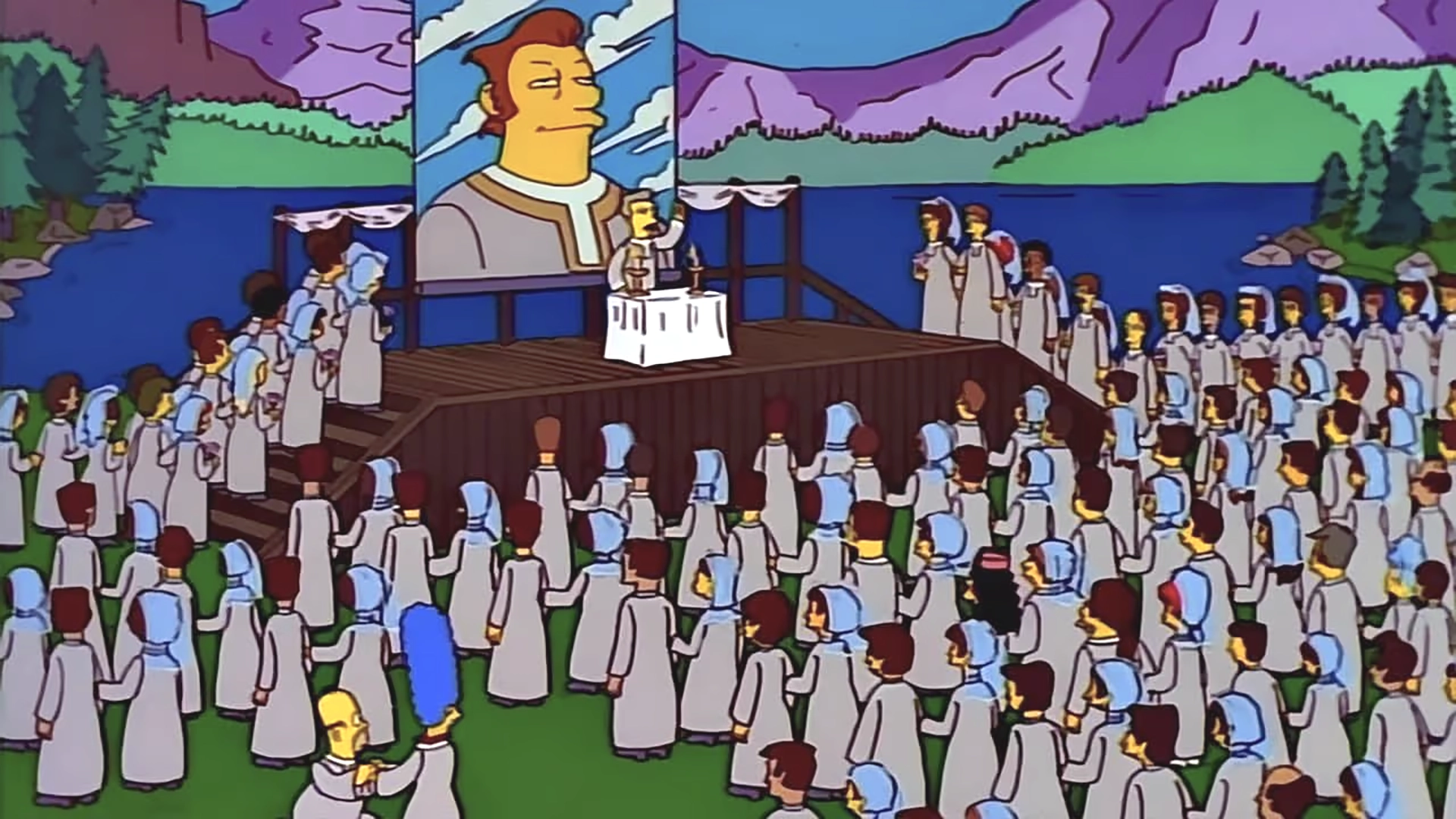A common topic of discussion at creative agencies is how we can make creative reviews more effective, such that we can swiftly trim the fat and strengthen the weaknesses of a given concept. But creative reviews aren’t just about editing the work. Reviews are where designers and writers first find (or lose) their footing. It’s where they see glimpses of other’s processes, and find new techniques. It’s also a vulnerable, delicate thing, to present fresh ideas. And the best CDs know how to thread the needle of constructive feedback, create a safe place, etc. But given the incubative nature of the war room, perhaps the question we should be asking isn’t how can we create better work, but how can we create better creatives?
When it comes to developing creative talent, there are two archetypes that creative departments tend to create — that of the truck driver and that of the astronaut.
Truck drivers are practical, deadline-conscious, students of the industry. They prioritize efficiency and are grounded in best practices. They have a destination in mind before they ever put the key in the ignition. Dependable craftsmen.
Astronauts are not concerned with destinations. Ok, maybe IRL they’re extremely concerned with destinations, but this is a metaphor based on a romanticized ideal. And in this metaphor, the destination an astronaut aims for is somewhere exciting, somewhere new, somewhere nobody’s ever been before. They're less worried about breaking the budget as they are breaking the sound barrier.
The former is created in an environment of strict processes and an ever-present pressure to optimize. The latter is borne of high standards and higher ambitions, with a safety net large enough to handle the occasional crash landing. They both have their value. A truck driver can confidently and consistently get you from point A to point B, but they’ll never take you to the moon.
The best creatives I’ve ever worked with exist somewhere in between. Operating in a culture inspired by excellence rather than a process that directs it. Hands on the wheel, head in the clouds — map locked away in the glove compartment.


